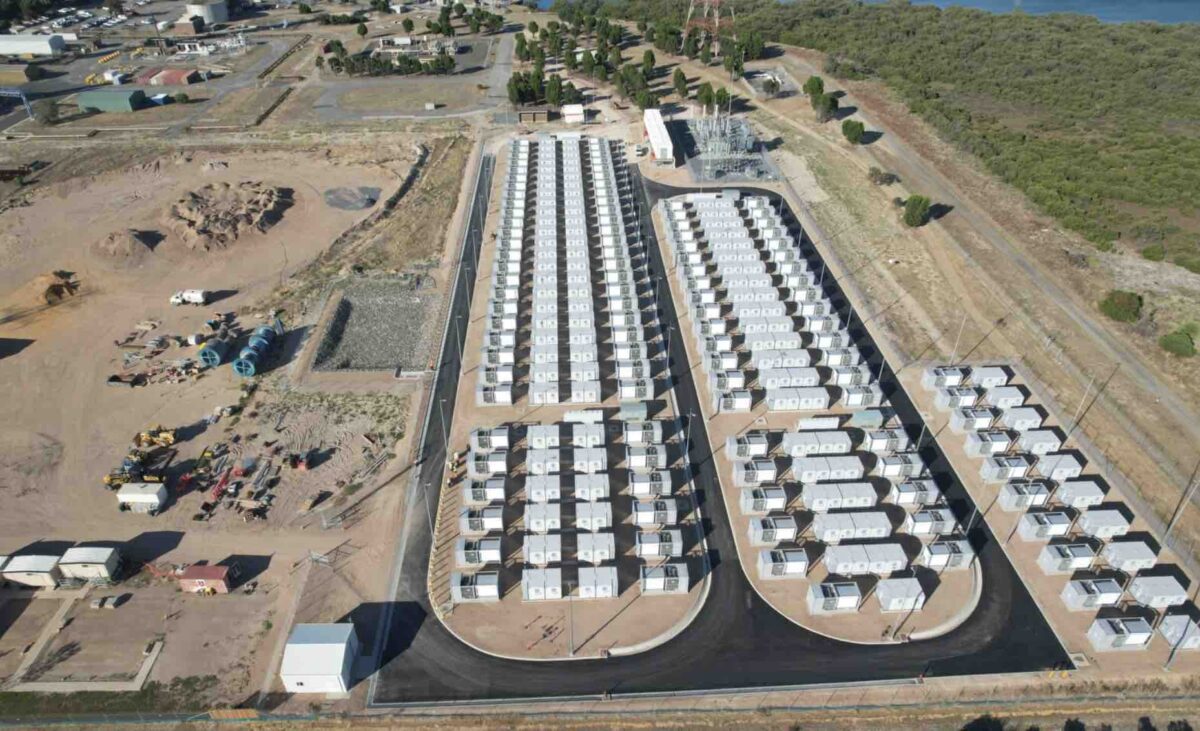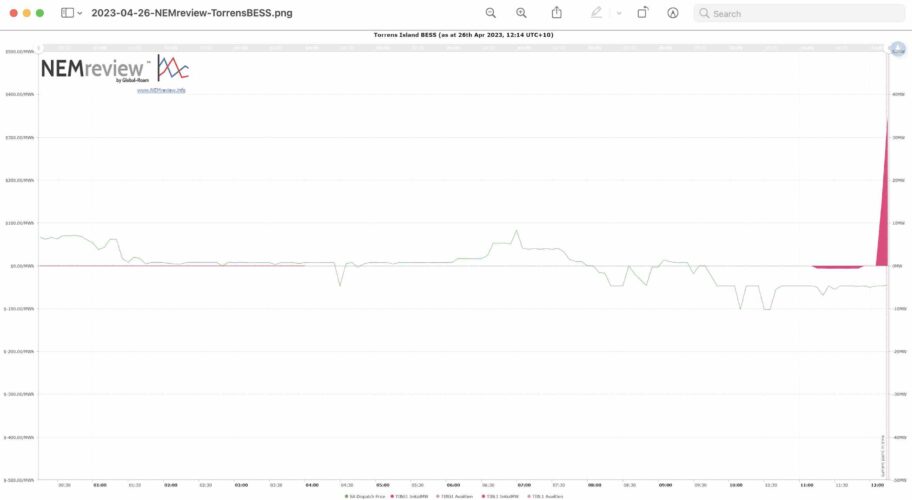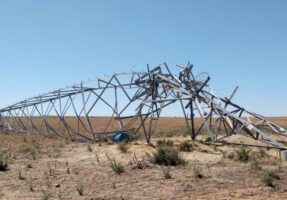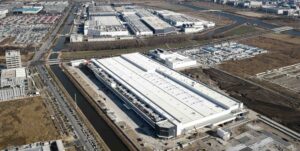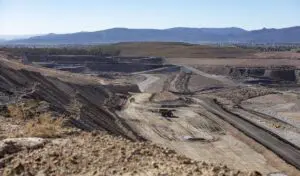Australia’s biggest coal generator AGL Energy took another major step into the green energy future on Wednesday when it charged up its Torrens Island big battery in South Australia for the first time, on the same day it closed another unit of its ageing Liddell coal fired generator in NSW.
The 250MW one hour (250MWh) Torrens Island battery is the biggest in South Australia, overtaking the original Tesla big battery, officially known as the Hornsdale Power Reserve, which is sized at 150MW and 193MWh.
The Torrens Island battery finally sealed its connection approvals earlier this month, despite having completed construction last November, and is significant as it flags the transition of an existing fossil fuel facility to a green energy power and low carbon industrial hub.
The new battery features grid forming inverters – which can provide the same system services traditionally delivered by synchronous generators such as coal and gas – which means that fossil fuels will likely be rarely used in the state’s grid beyond the turn of the decade.
Torrens Island charged up early on Wednesday, according to this graph below provided by Paul McArdle from NemWatch. The graph indicates a slow charge and then a burst of dispatch as the battery operators began to work through a series of “hold points” that form part of the commissioning process.
Torrens Island is host to AGL’s ageing gas fired power plants, known as Torrens B, which are scheduled to be closed in 2026, some 50 years after they started operations, when the new transmission link from NSW is due to be connected. Fast-start gas generators will remain.
AGL plans a similar transition at its other major fossil fuel hubs – in NSW at the site of the Liddell and Bayswater coal generators, and at Loy Yang A in Victoria. Both sites have plans for big batteries, green hydrogen and possibly manufacturing facilities powered by green energy.
“The first plan of attack will be putting batteries on board, but there’s a whole range of plans there whether it be wind, solar but also industries outside of energy,” AGL CEO Damien Nicks told journalists at Liddell on Wednesday.
“And that’s really important – how we actually diversify this site and we bring more industries on to this site, whether that be agriculture, and we’re also talking to the Indigenous communities as well about how we grow that out.
“So importantly success looks like transitioning, transforming this site over a number of years so it becomes an industrial energy hub of the future.”
AGL is due to switch off the last of the four units at the Liddell generator – once the biggest plant in Australia when it came on line in the early 1970s – this Friday. One unit was closed in April last year, another unit was shuttered on Monday and a third closed late on Wednesday evening.
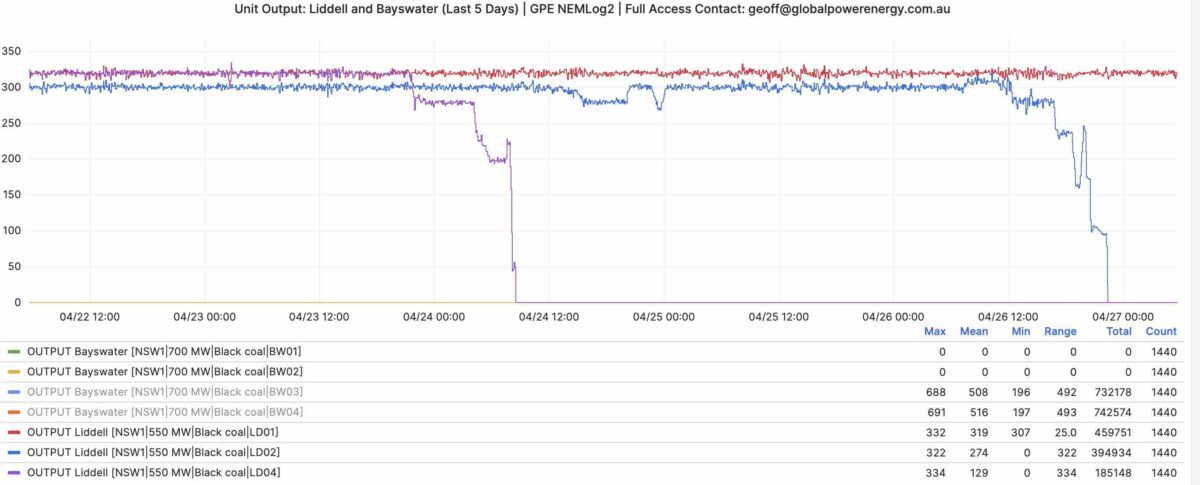
Federal energy minister Chris Bowen visited the Liddell site on Wednesday to “say thanks” to the workers who have worked at the facility over the last 51 years.
“Liddell has been right for its times, it’s now right for a closure,” he said in an earlier interview on local ABC Radio. “But that doesn’t mean we can’t call in and see the workers and talk to them about the future.”
Asked about impacts on the grid, Bowen said:
“It’s not a power station which is a reliable source of energy any longer, given its age. There has been a lot of it come out already.
“There’s been a lot of new renewable energy and dispatchable renewable energy come on in recent times. So, we are not concerned about any supply crunch in the energy grid on Friday or in the period following the course of the closure of Liddell.”

